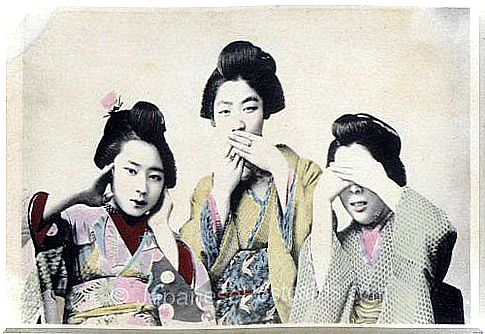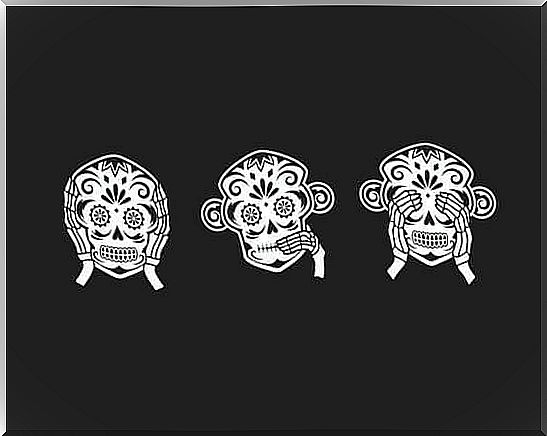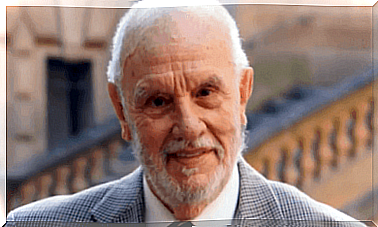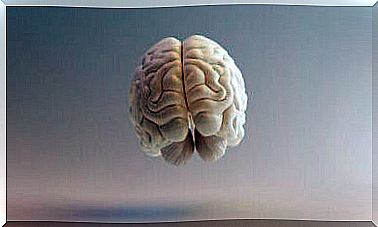The Teaching Of The Three Wise Monkeys At Toshogu Shrine

The teaching of the wooden sculpture of three wise monkeys at Toshogu Shrine continues to inspire us today. Its original message is as simple as it is clear: “Don’t listen to what leads you to bad deeds.”, “Don’t regard bad deeds as something natural” and “Don’t speak badly without foundation”.
Oddly enough, time and our Western vision has simplified its primitive teaching a little to keep only the classic “see, hear and be silent”. A motto that can even be found in the form of an emoticon on Whatsapp and which in a certain way distorts the original idea and even the order of the figures represented.
“Nothing is more beautiful than knowing the truth, nothing is more shameful than approving the lie and taking it for the truth.”
-Cicero-
However, the teaching goes far beyond all of this, as this 16th century representation, erected in honor of Shogun Tokugawa Leyasum, draws its roots from the teachings of Confucius, and for many, the message of the three monkeys. also has a lot to do with the three filters of Socrates.
Anyway, it is always enriching to immerse oneself in this type of classic iconography and in its original wisdoms in order to be able to reflect and update our knowledge a little. The three wise monkeys of Toshogu spread a moral code and a mysticism that we like so much and that we can share with you today.

What the legend says about his 3 wise monkeys
The legend of the 3 wise monkeys originates from Chinese mythology, and is composed of three amazing characters: Kikazaru, the monkey who does not hear, Iwazaru, the monkey who does not speak and Mizaru, the monkey who does not see.
These three singular creatures were sent by the gods as observers and as messengers. They must be witnesses of the acts and bad actions of humanity and then make them known to the gods. These divine messengers acted according to a magical spell by which they were granted two virtues and one defect. They are represented in the following order:
- Kikazaru, the deaf monkey, is the one who observes all those who do bad deeds. Then he tells them to the blind monkey by voice.
- Mizaru, the blind monkey, is the one who conveys messages from the deaf monkey to the mute monkey, Iwazaru.
- Iwazaru is the one who receives the messages from the blind monkey and who sees to the fulfillment of the gods’ punishment by humans, since it is he who decides on the punishment they should receive.

What we remember from this story is above all the need to always remain free in one’s mind. We must avoid listening to what forces us to act badly, avoid speaking without foundation and not seeing bad actions as normal actions.
Also read:
The 3 filters of Socrates
There is an interesting parallel between the legend of the three wise monkeys and this story that Socrates himself bequeathed to us, where he explains how one of these students arrived at his home one morning, anxious, to tell him a rumor. Faced with the impatience of the young man, the Athenian sage explained to him that before revealing the news to him, he had to think of three dimensions.
- The rumor that you are going to tell me, has it been corrected? Do you think this is a TRUTH?
- What you want to tell me, is that GOOD?
- Finally, what you have to report, is it really useful or NECESSARY?
These three filters, as we see, have a strong connection with the profiles that each monkey in Toshogu temple represents. Let’s see this in detail.
“Even though the truth represents the minority, it remains the truth.”
-Gandhi-

Kikazaru is the monkey who covers his ears
Kikazaru is wise and careful. It is the monkey who is on the left and who chooses to cover his ears in the face of certain information because he simply wishes to preserve his balance.
It is not a question of fleeing in the face of certain data, truths or evidences. It is not an attitude of cowardice or defeat, but one which allows to put aside information which is not useful and which is harmful, in order to protect its integrity.
The monkey that covers its mouth: Iwazaru
Iwazaru is the little monkey from the center who represents the need not to transmit evil, not to spread rumors, and above all, to be careful when spreading his stories which, as Socrates reminds us with his three filters , are often neither certain, nor good, nor useful.
Mizaru, the blind monkey
From a Socratic point of view, Mizaru represents a direct invitation to close our eyes to what is useless, which is neither useful nor good …
- There is no passive or cowardly attitude here. It is not a question of turning the head, or of denouncing the wickedness or the evil (let us remember that in the legend, it is the monkeys who decide the punishments). It is about applying this wise gaze of which sanctions the pervert to keep the luminous, the noble and what helps us to be better.
To conclude, as we can see, both in the original legend and in the three filters that Socrates gave us in his time, there is a primitive teaching which has survived the echo of time and which today continues. to be useful, more than ever: we must be careful with what we say, wise with what we listen to, and skilled in directing our gaze.
These are three mechanisms that will undoubtedly help us to preserve our inner balance and our happiness.
Also read:









